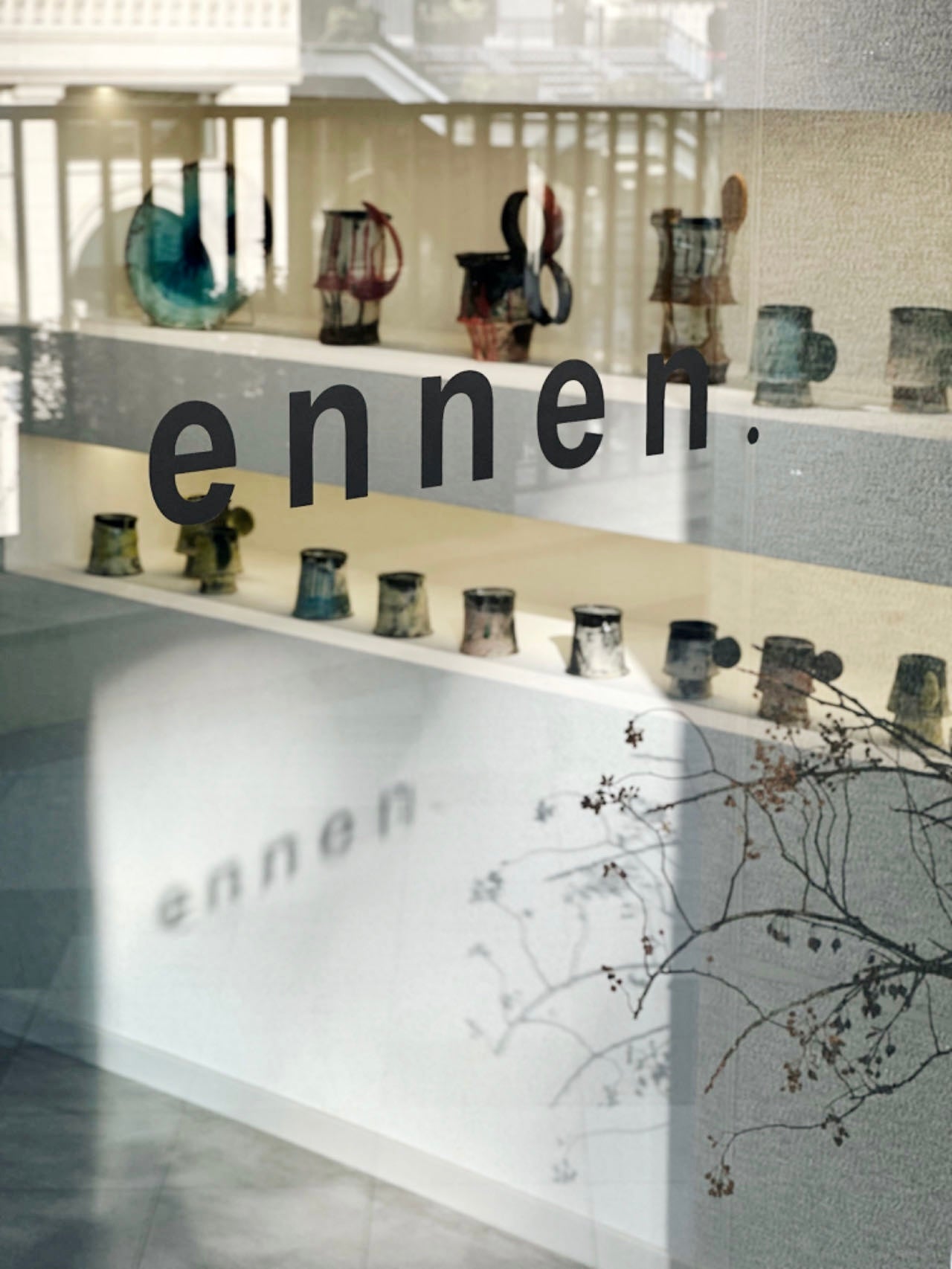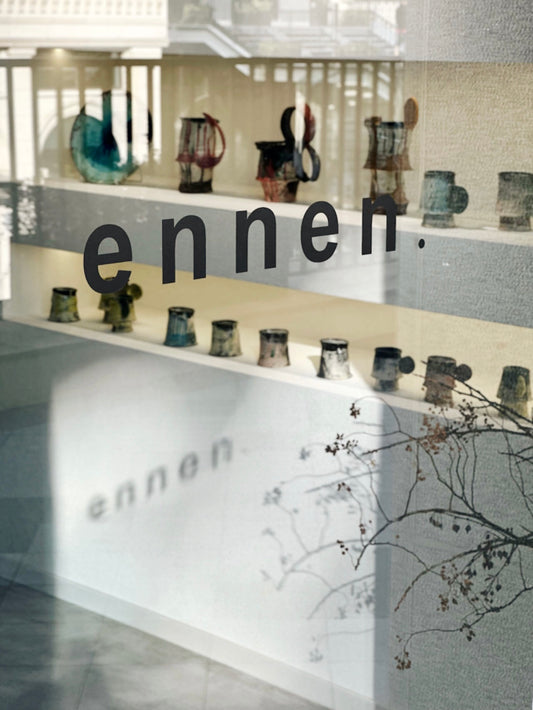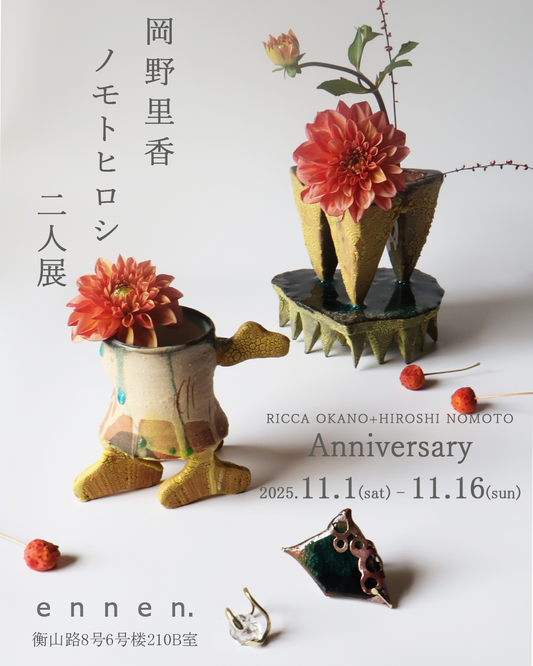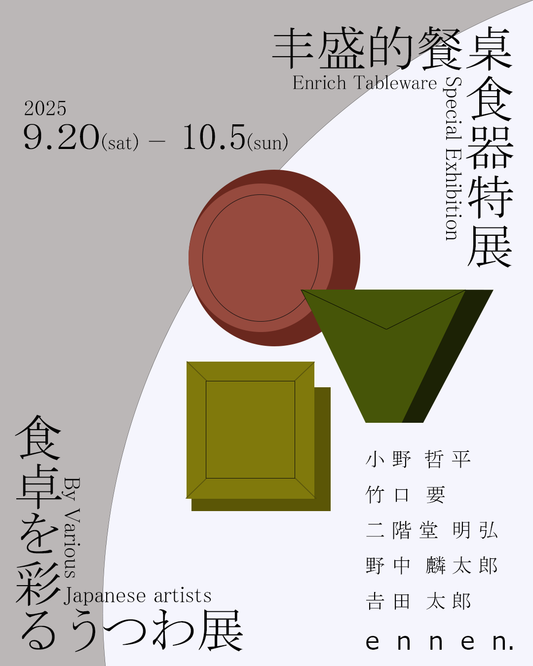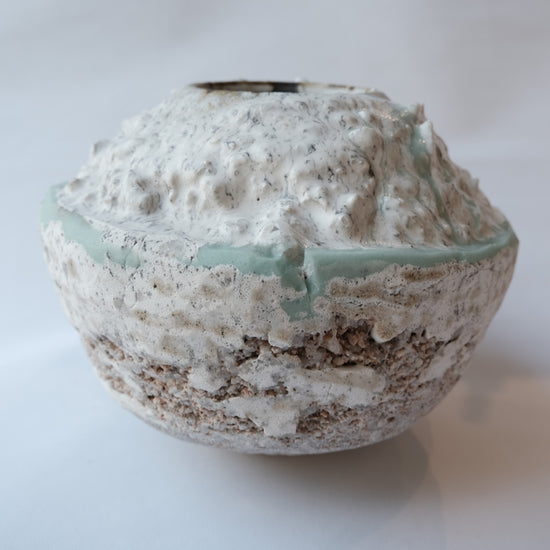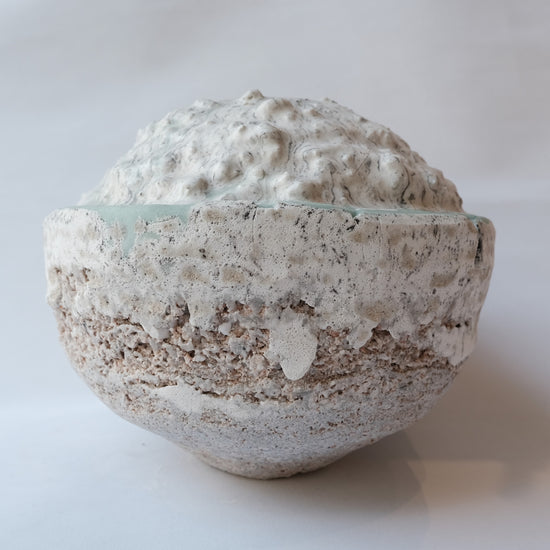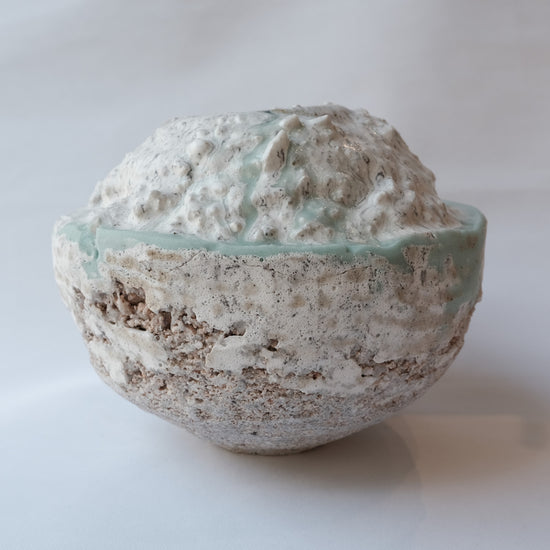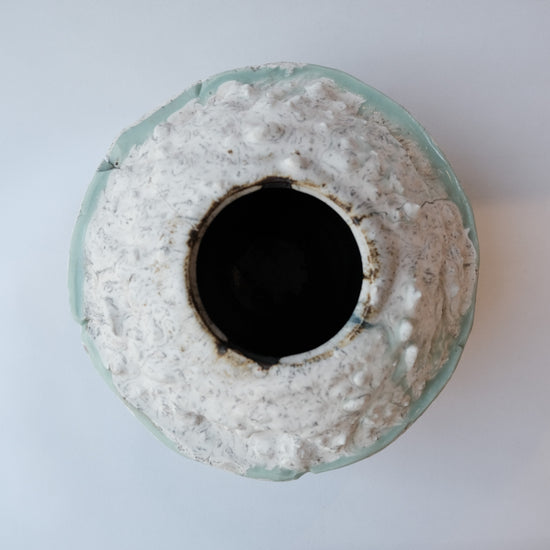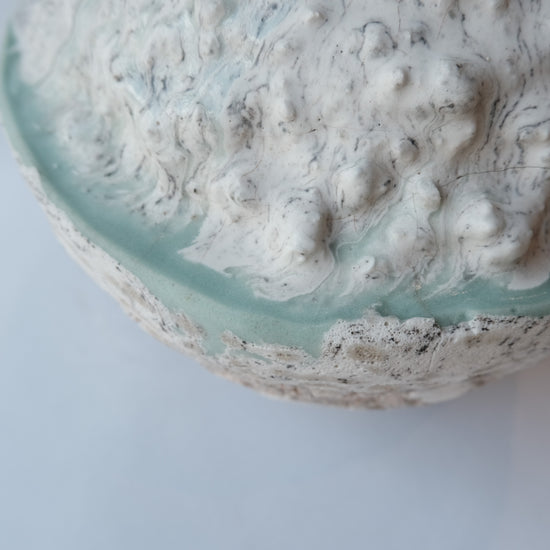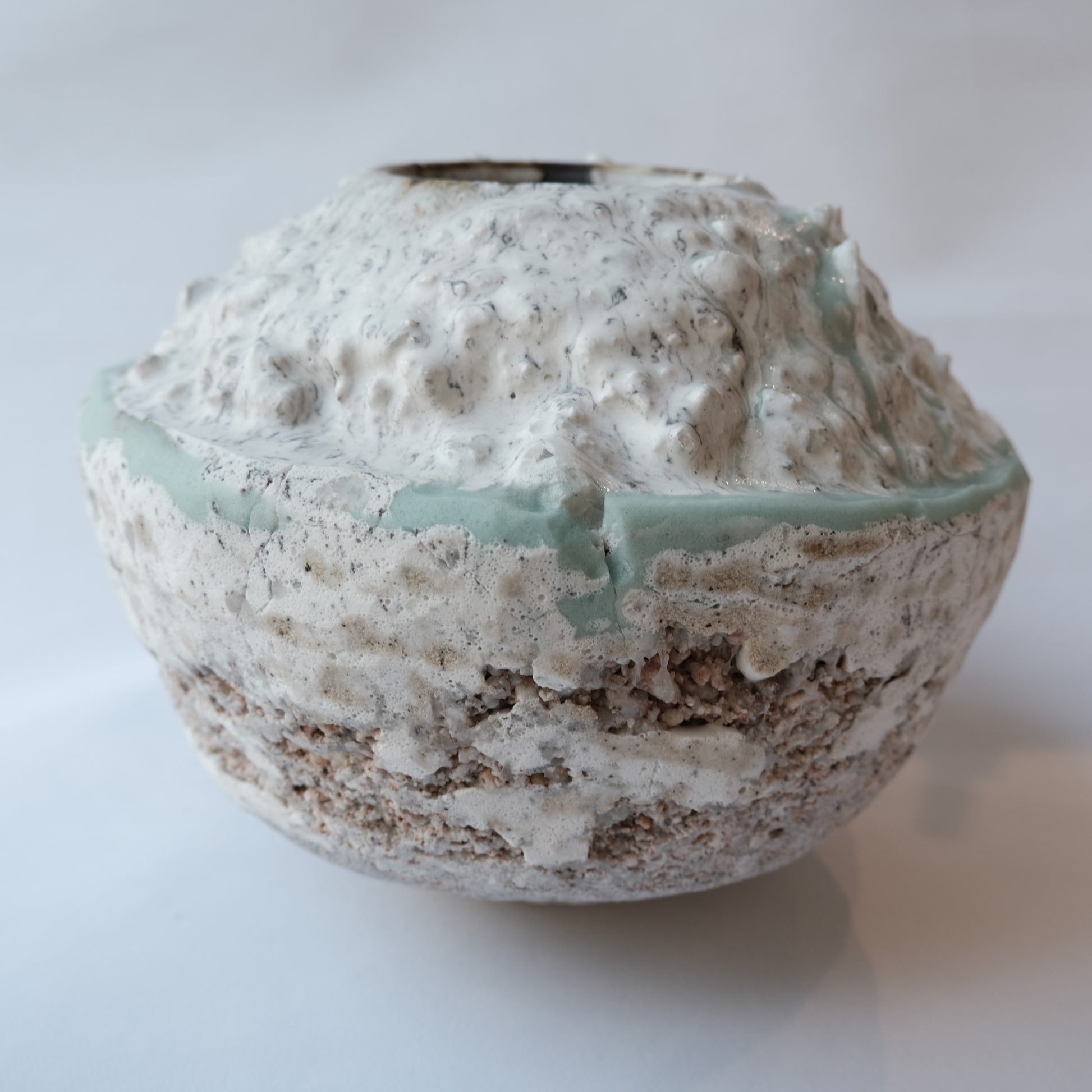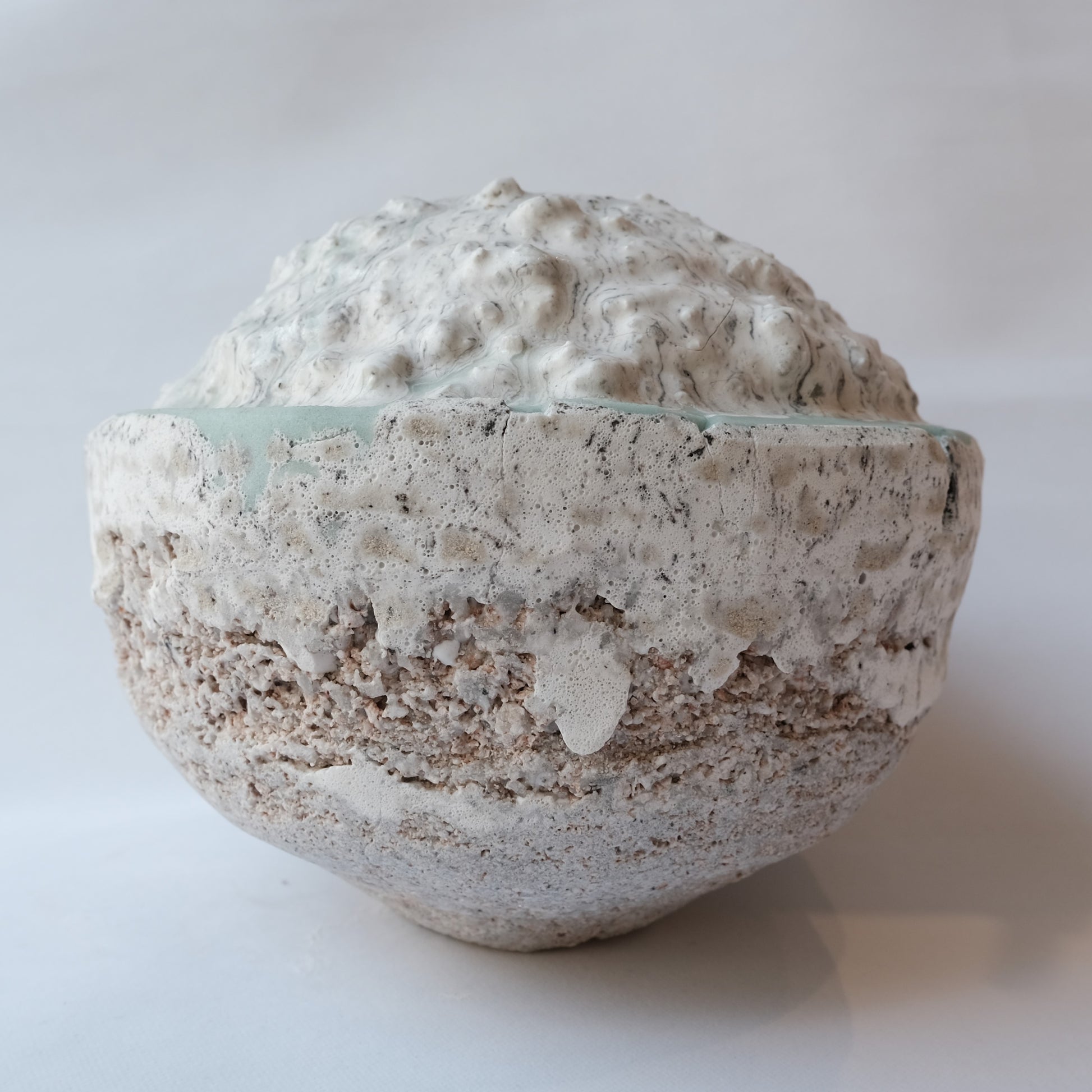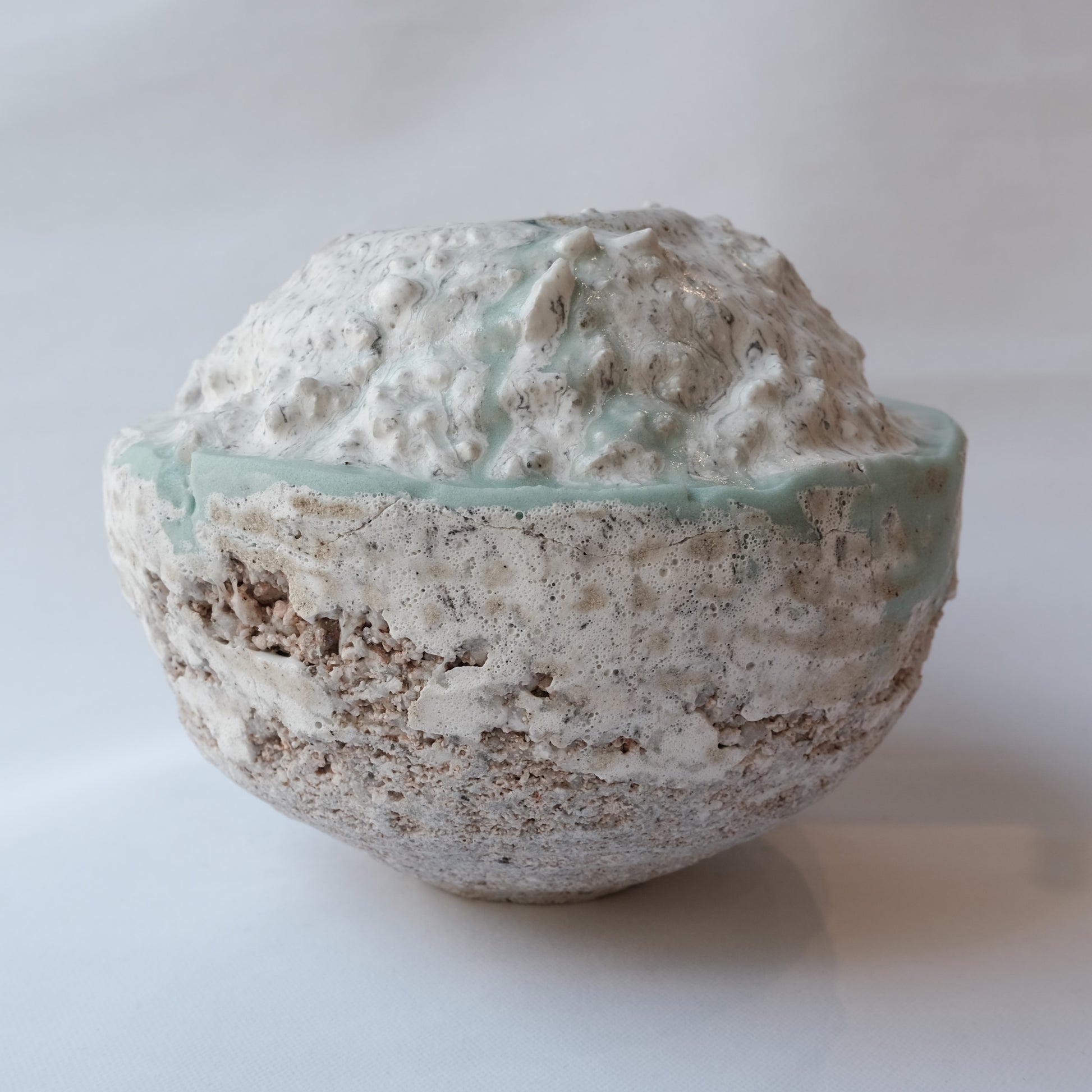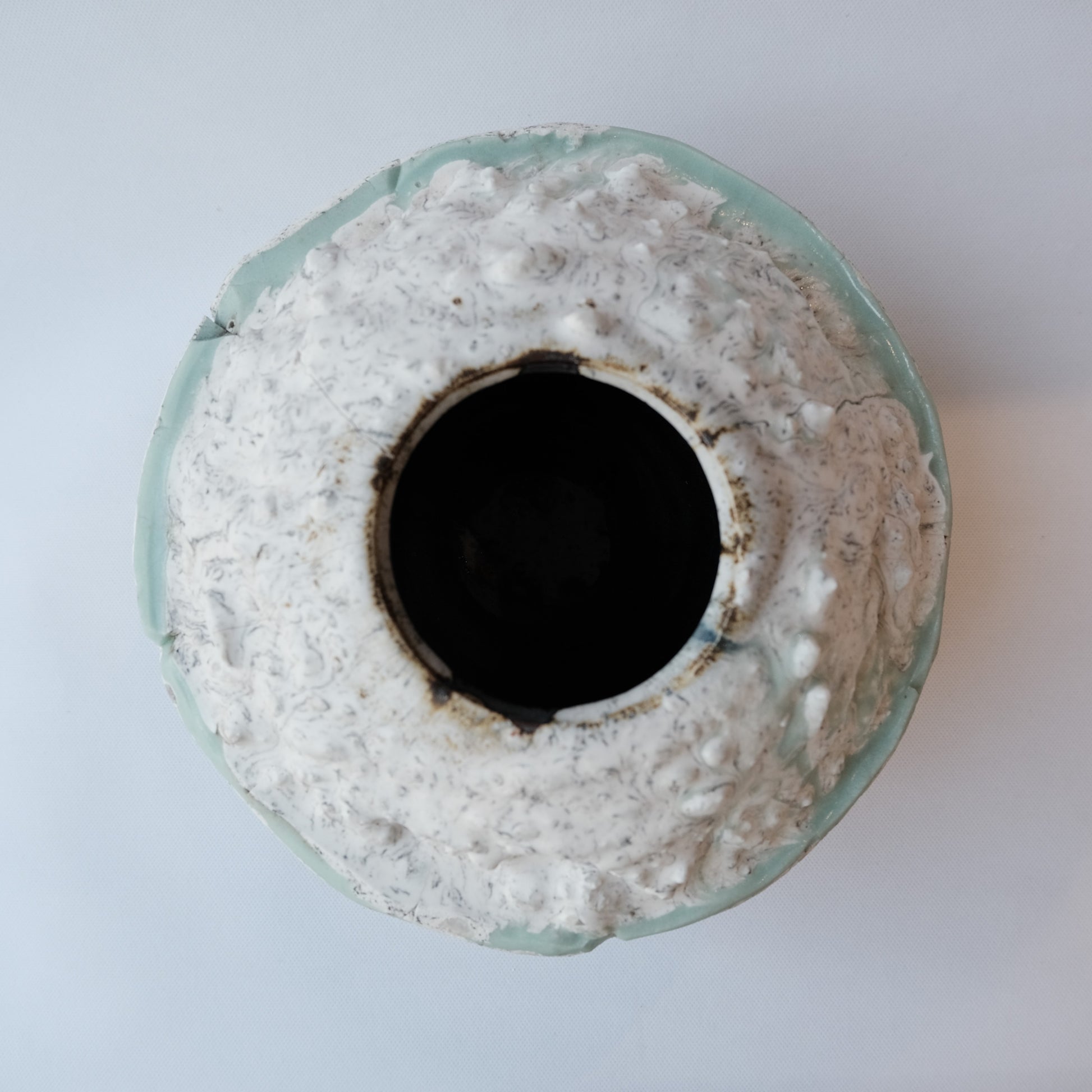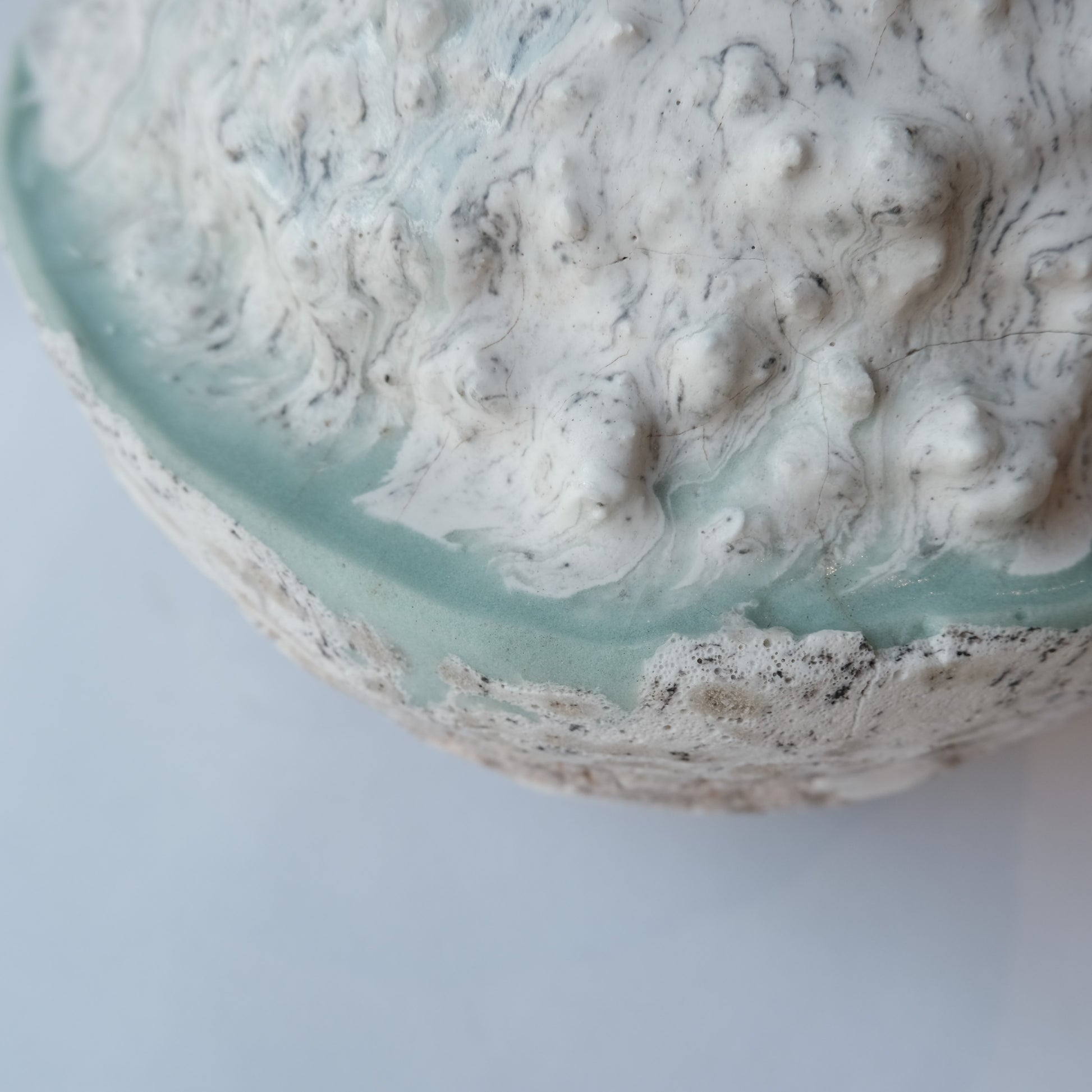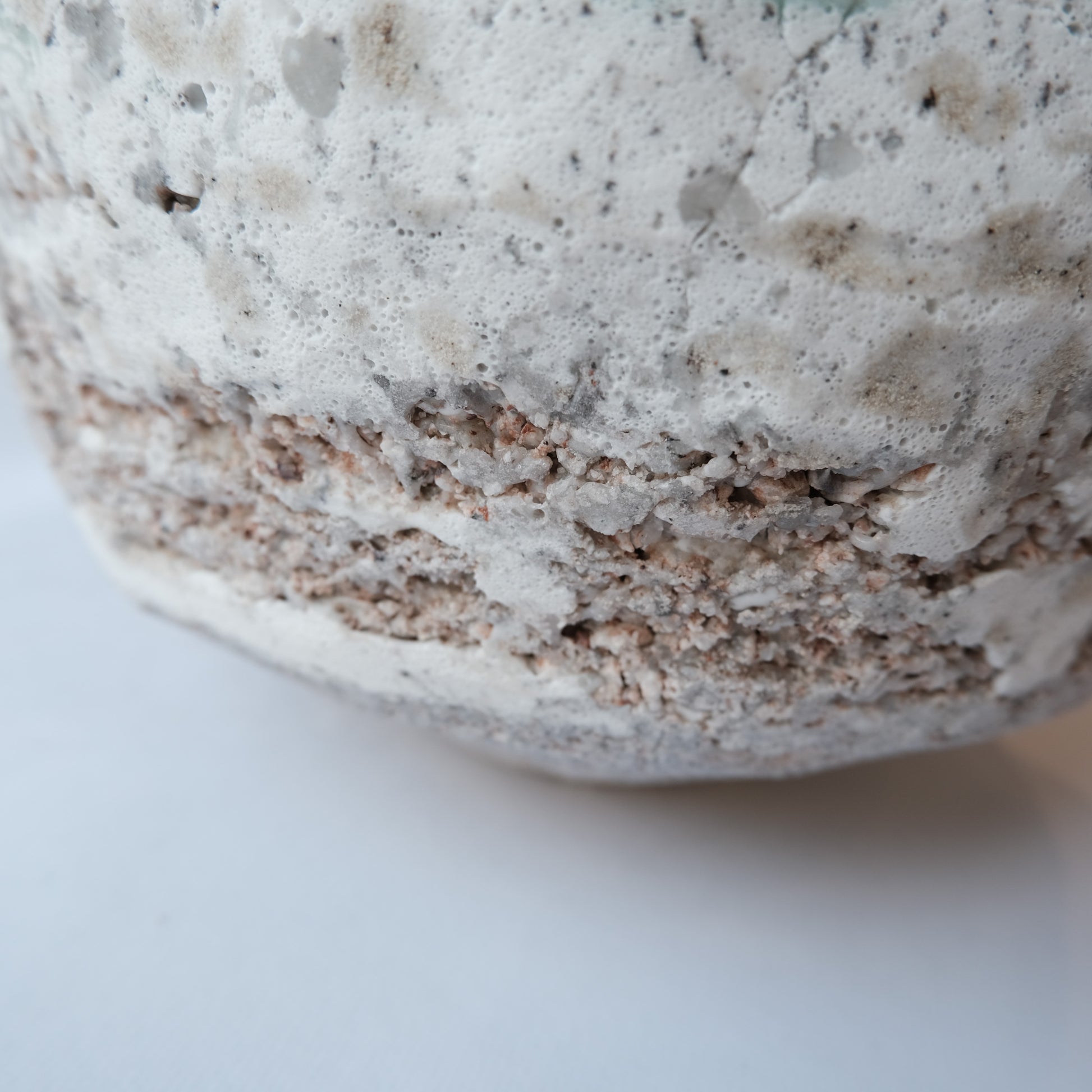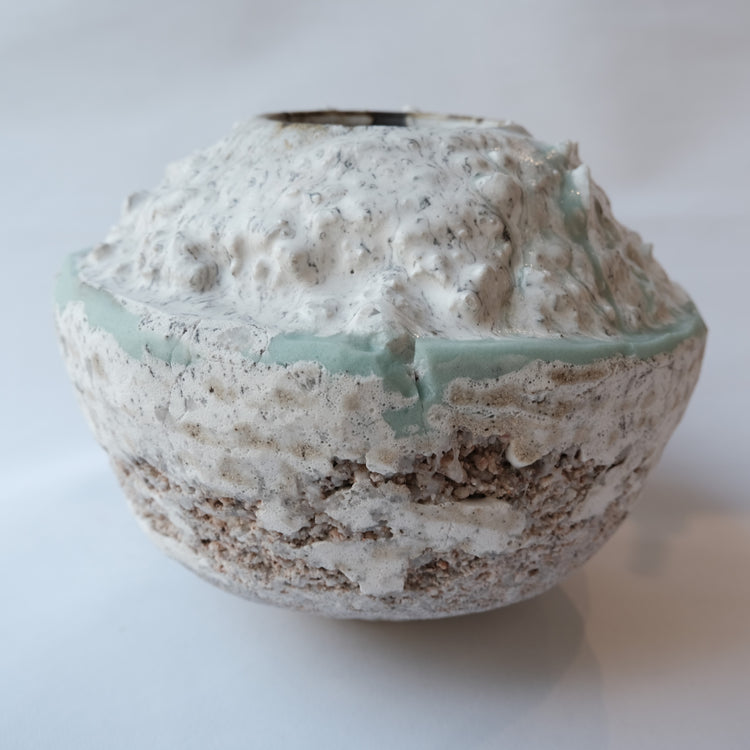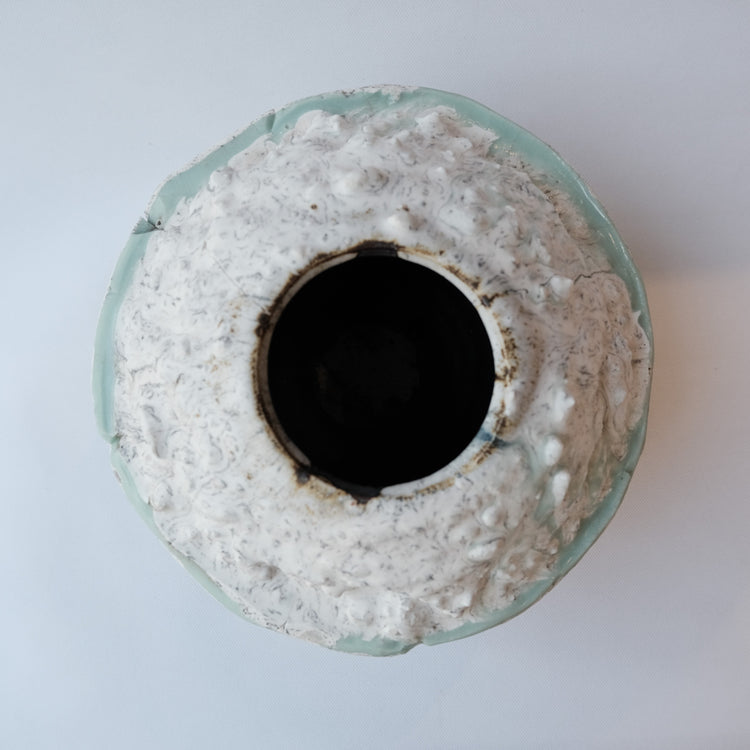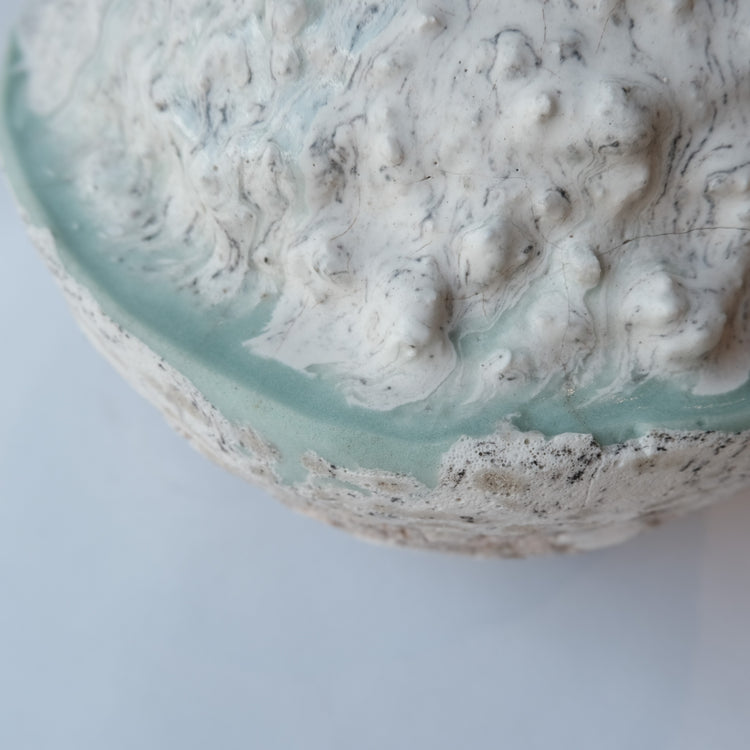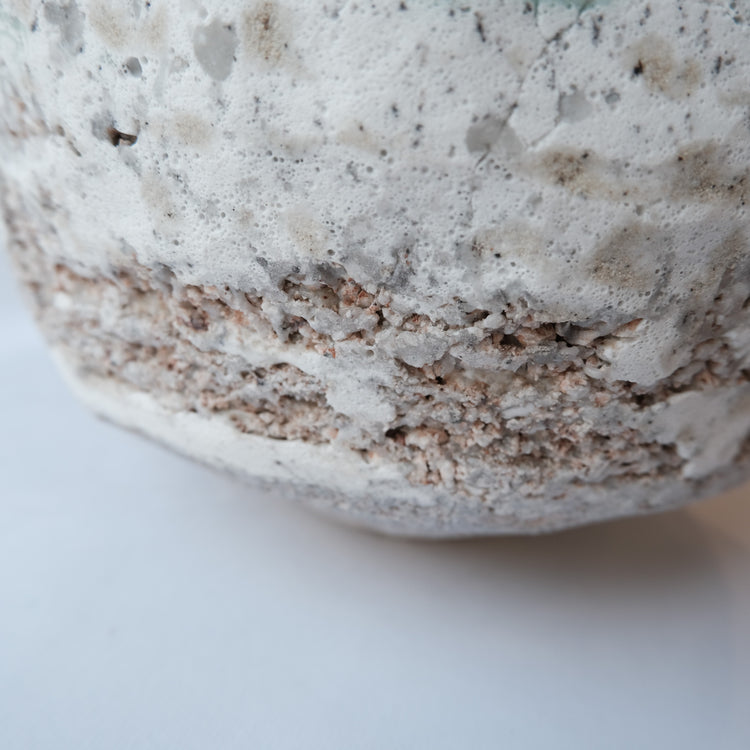RINTARO NONAKA -VASE① Stone Will
Description
More
Less
Inspired by the technique of pâte de verre (※1), Nonaka Rintaro creates his own unique pieces. He creates a mold, pours melting clay and clay rough stone into it, and then carves them to complete the piece. This results in pieces with unique textures that are one of a kind. Although it is a piece designed as a flower vase, it is also a very beautiful piece as an interior object.
※1
Pâte de verre is an ancient glass-making technique that originated in ancient Mesopotamia before Christ. It involves putting glass beads into a mold with a paste, firing the mold, and then breaking the mold to remove the glass.
About Artist
More
Less
Description
Inspired by the technique of pâte de verre (※1), Nonaka Rintaro creates his own unique pieces. He creates a mold, pours melting clay and clay rough stone into it, and then carves them to complete the piece. This results in pieces with unique textures that are one of a kind. Although it is a piece designed as a flower vase, it is also a very beautiful piece as an interior object.
※1
Pâte de verre is an ancient glass-making technique that originated in ancient Mesopotamia before Christ. It involves putting glass beads into a mold with a paste, firing the mold, and then breaking the mold to remove the glass.
About Artist
Related works
